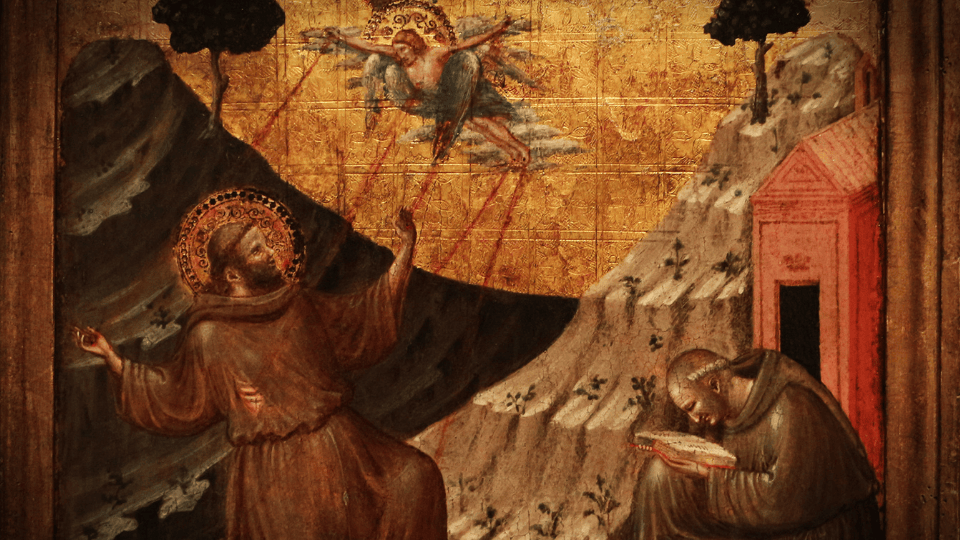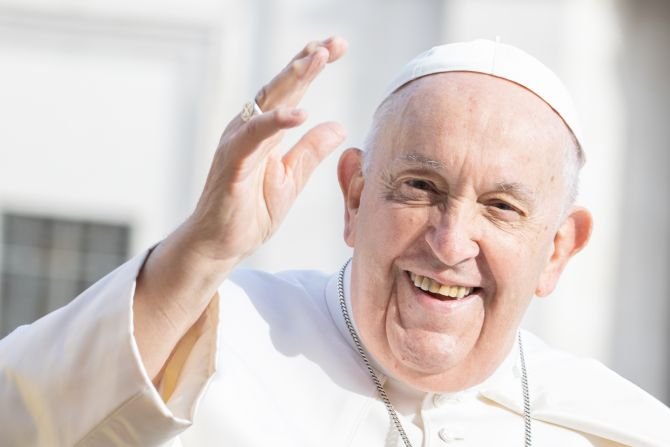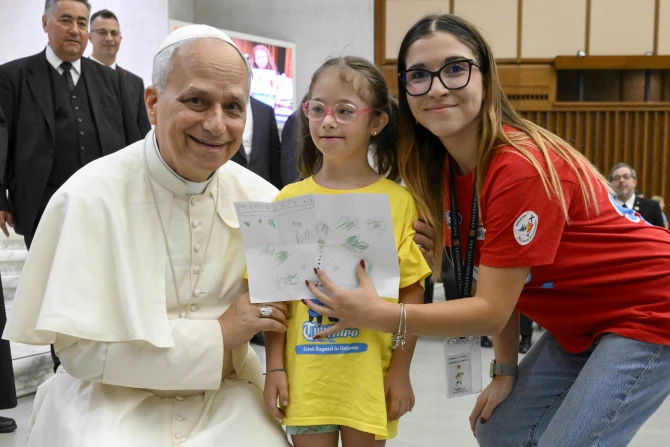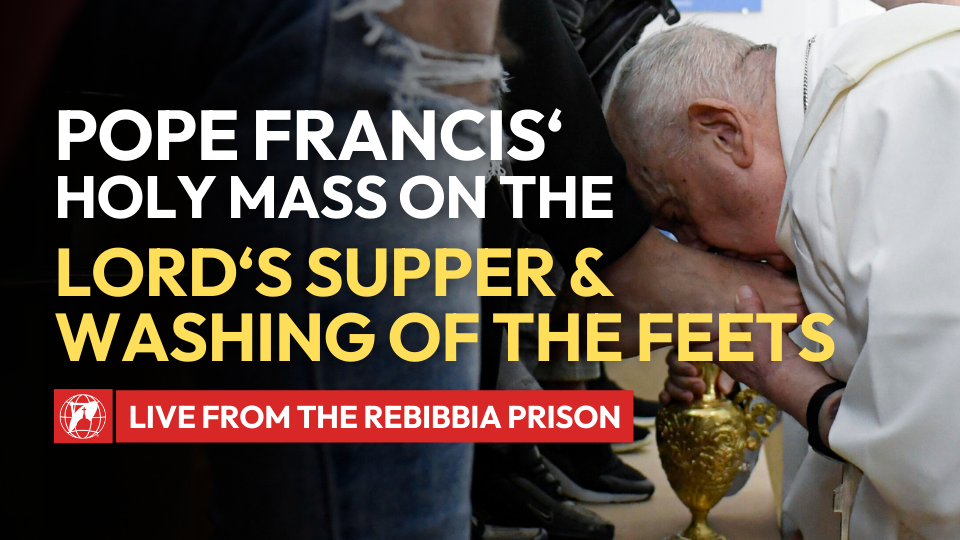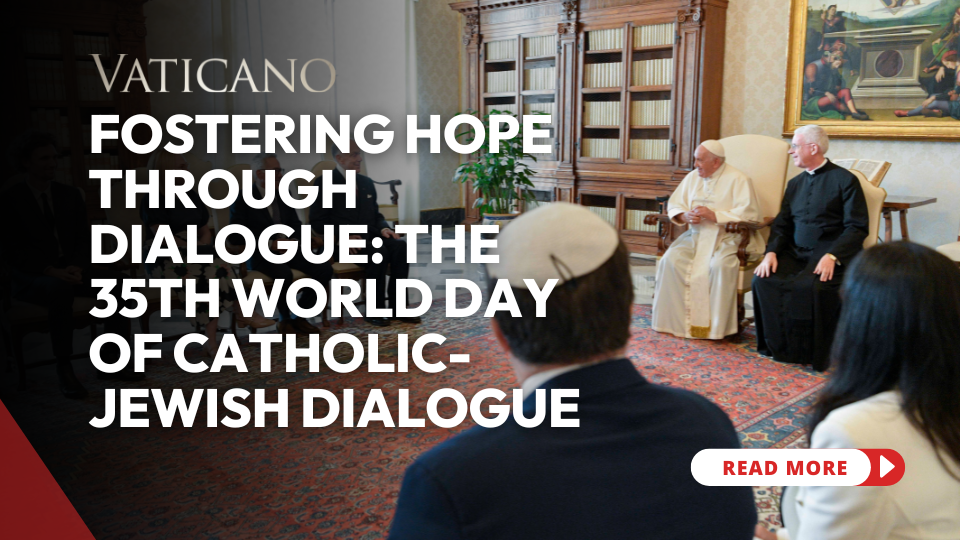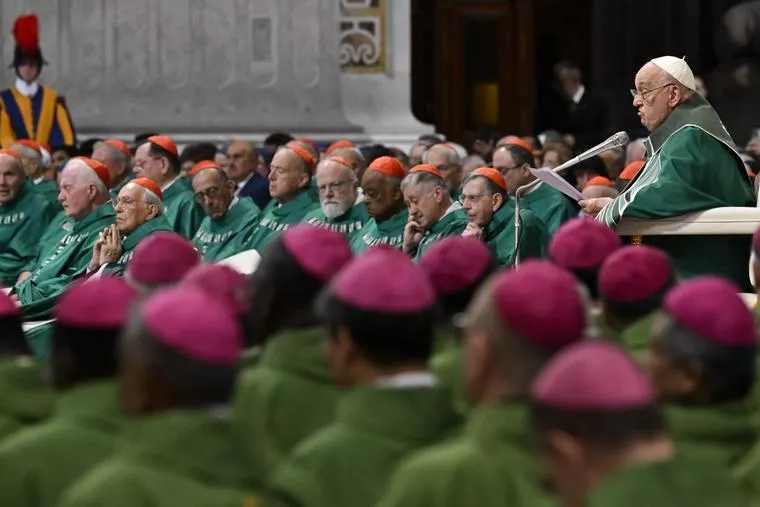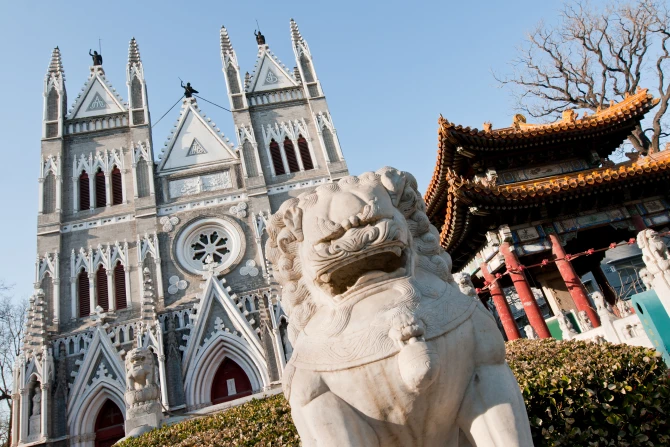Every year, the Stations of the Cross retrace Jesus’ journey to the crucifixion, one of the most profound moments in Christian spirituality. The crucifixion stands as the most significant moment, embodying the ultimate sacrifice and suffering of Jesus. It is so central to the faith that the cross itself has become the very symbol of Christianity.
Father John Wauck, Professor at the Pontifical University of the Holy Cross explains, “Christianity has been marked, we could say, by the cross from the very beginning. If we even think the most common form of self-identification as a Christian is making the sign of the cross where we in a certain sense, impose the cross on our body as a sign of identification with Christ and with his suffering on the cross.”
Over the centuries, there have been extraordinary accounts of people who have shown the marks of Jesus’ crucifixion on their bodies, with wounds appearing on their hands, feet, and side. These marks are known to the world as “stigmata.”
A miraculous event, first documented in the extraordinary case of Saint Francis of Assisi during 40 days of meditation in La Verna, Tuscany, a small town where now a Franciscan Sanctuary stands.
Bret Thoman, Author and founder of “St. Francis Pilgrimages” relates the story:
“In 1224 Saint Francis came here. He was spending 40 days in preparation for the feast of Saint Michael and the Archangels which is on September 29th.
“So, Francis prayed something that to me, and perhaps to you, seems a little peculiar: It was that he could feel on his body the physical pains that Christ had when he was on the cross. Some of the sources say the next day, Francis was in prayer, he was in an ecstatic prayer and [the sources say] that a Seraph, a six-winged Seraph appeared in the sky, as if there was a man, sort of fastened to this Angel on a cross. And Francis could see the wounds on this man. And then immediately, he felt this piercing pain and suffering in his hands, feet and side.”
For many, they are undeniable evidence of God’s presence, yet there are also countless skeptics. One of the most famous cases is that of Padre Pio, whose stigmata were placed under scientific scrutiny in order to debunk this spiritual mystery.
But the outcomes revealed astonishing and inexplicable results.
Thoman explains:
“It was recommended to bandage the wounds for eight days, that there would be no tampering with them and see what happened. So, they did, and at the end of eight days they removed the bandages, and the result was that the wounds were still open, before they were open, after they looked exactly the same. They were still bleeding and open. And the conclusion was that this is something that’s not natural because naturally the body will either, if it has an open wound, it will either heal or it’ll get worse, it’ll get infected and then eventually putrefied. So, it goes either one of the two directions gets better or gets worse. Padre Pio, after 8 days the wounds remained the same, which the conclusion was that was against the course of nature. It was something supernatural was happening.”
The stigmata remain an unsolved mystery to this day, with hundreds of people claiming them throughout the years. The Church hasn’t to this day an official standing on this phenomenon, but they for sure raise a lot of interest within believers and not believers.
Yet the haunting question persists: why, if stigmata are an event intrinsically tied to Christ’s suffering, must they be shared by others? And above all, why are they bound to a realm of pain?
Father Wauck explains:
“The joy of Easter is a natural consequence, really, of what comes before, on Good Friday. The suffering is a condition for arriving at the glory of the children of God, with the resurrection and the wonderful thing about the Paschal mystery that we celebrate at Easter is this transformation of something that looks tragic is in fact a victory over death.
“The death of Jesus on the Cross puts to death, death itself.”
SIGN UP FOR OUR NEWSLETTER HERE
Adapted by Jacob Stein
Camera by Sergio Natoli, Anthony Johnson, Gianluca Gangemi; Edited by Andrea Manna, Special thanks & Credits to The Sanctuary of La Verna

